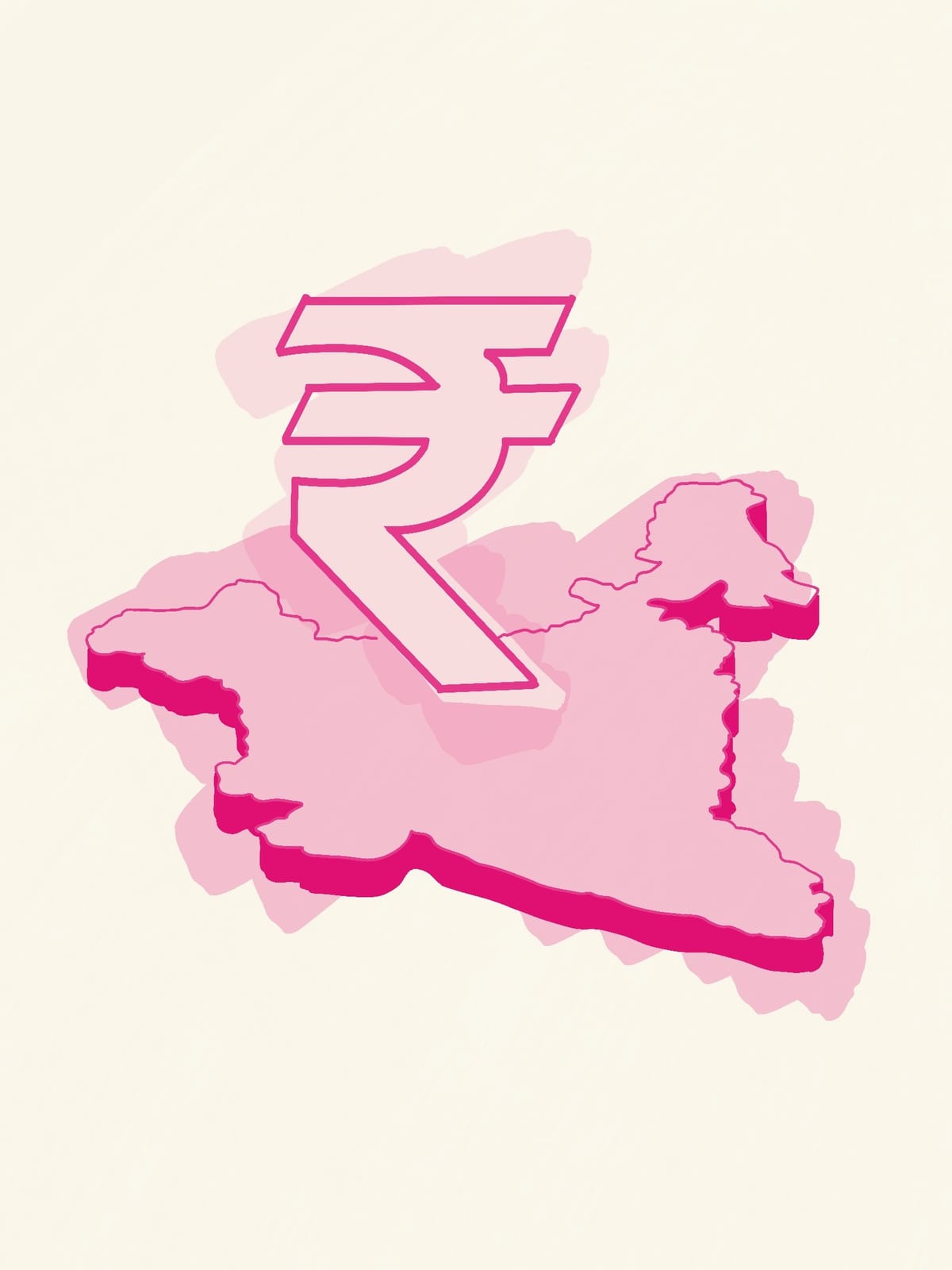Trump's Tariffs: The Unexpected Win for India

Tariffs 101: Why the Fuss?
A tariff is basically a tax on imported goods. When the U.S. imposes a tariff, it’s saying: “Want to bring this product here? Pay more.” The immediate effect is higher costs for American importers and consumers.
Think of global trade as a crowded coffee shop. Suddenly, someone spills their drink (China, for instance, facing U.S. tariffs), and there’s a scramble for space. That’s when India, patiently sipping in the corner, gets invited to the table. The market shifts, opportunities open, and suddenly, Indian manufacturers and exporters are in a prime position.
Manufacturing: India’s Time to Shine
Tariffs have disturbed U.S. supply chains in steel, textiles, and more. Countries that dominated these markets, China, Brazil, and Mexico, now face higher costs. U.S. tariffs on steel imports have created gaps that Indian producers are filling. It’s a case of supply substitution: if the usual supplier is too expensive, buyers look for the next best option. Indian steel exports to the U.S. have already seen growth, a trend likely to continue.
Textiles and leather goods may also to benefit. For years, Indian products faced tough competition from cheaper Chinese products. Now, with tariffs, Indian exporters can claim space in the U.S. market.
Services: India’s Secret Weapon
India’s biggest edge isn’t just physical goods, it’s services. IT outsourcing anc software development have long been strengths. Now, tariffs make Indian services even more attractive.
Why? U.S. companies that face costly imported goods might turn to outsourcing operations from India. Indian firms offer scalable services at a fraction of U.S. labour costs.
And it’s not limited to IT. Startups in e-commerce, fintech, and digital infrastructure are increasingly appealing to U.S. establishments. Tariffs are forcing American companies to think creatively, and India is ready to step in.
Agriculture and Rural Benefits
Tariffs may also benefit India’s agricultural sector. India exports to markets globally, not just the U.S., and global trade disruptions can shift demand toward Indian produce. If tariffs affect Chinese or Brazilian exports, buyers may turn to India.
This can show in rural development. More agricultural exports mean higher farmer incomes, more jobs in processing industries, and stronger local economies. A decision made in Washington can affect life in villages from Punjab to Tamil Nadu.
Geopolitics and Trade Leverage
Trump’s “America First” policies have hurt alliances and disrupted global trade norms. India can capitalise on this. Offering competitive goods and services can help India strengthen its economic position with the U.S.
This also enhances India’s bargaining power in trade. If the U.S. realises that India is a viable alternative to previously cheaper sources, India gains leverage. This isn’t just about profits; it’s influence in global trade policy.
Financial Implications
Expanding exports in response to global disruptions can strengthen the Indian rupee. A stronger currency reduces the cost of imports, supports domestic consumption, and helps stabilise inflation. It’s a chain reaction: external policy shock leads to domestic macroeconomic benefits.
Of course, volatility remains a risk. India must diversify its export markets and ensure that growth isn’t overly reliant on U.S. trade fluctuations. But with careful planning, this is manageable.
Perspective
Here’s where the humour sneaks in: a policy widely criticised in the U.S., intended to protect domestic industries, is inadvertently helping India. Global economics often works like a complex board game; a move meant to shield one country can create a golden opportunity for another. Trump’s tariffs might cause anxiety in some circles, but they also serve as a reminder that disruption can be an opportunity, if you’re paying attention.
Tariffs as an Unexpected Gift
Trump’s tariffs are, paradoxically, good news for India. They open doors in manufacturing, boost demand for services, create opportunities in agriculture, and strengthen India’s geopolitical and economic leverage. Challenges remain (quality, logistics, and market volatility), but the overall picture is promising.
It’s a reminder that global economics isn’t just numbers on a spreadsheet. It’s a story of adaptation, strategy, and timing. India’s ability to capitalise on these tariff-induced opportunities demonstrates resilience, creativity, and an uncanny sense of timing, which are qualities that have always defined the country’s economic journey.
What seems like a challenge for one country can be a golden opportunity for another. In the great chessboard of global trade, India is moving its pieces thoughtfully.
